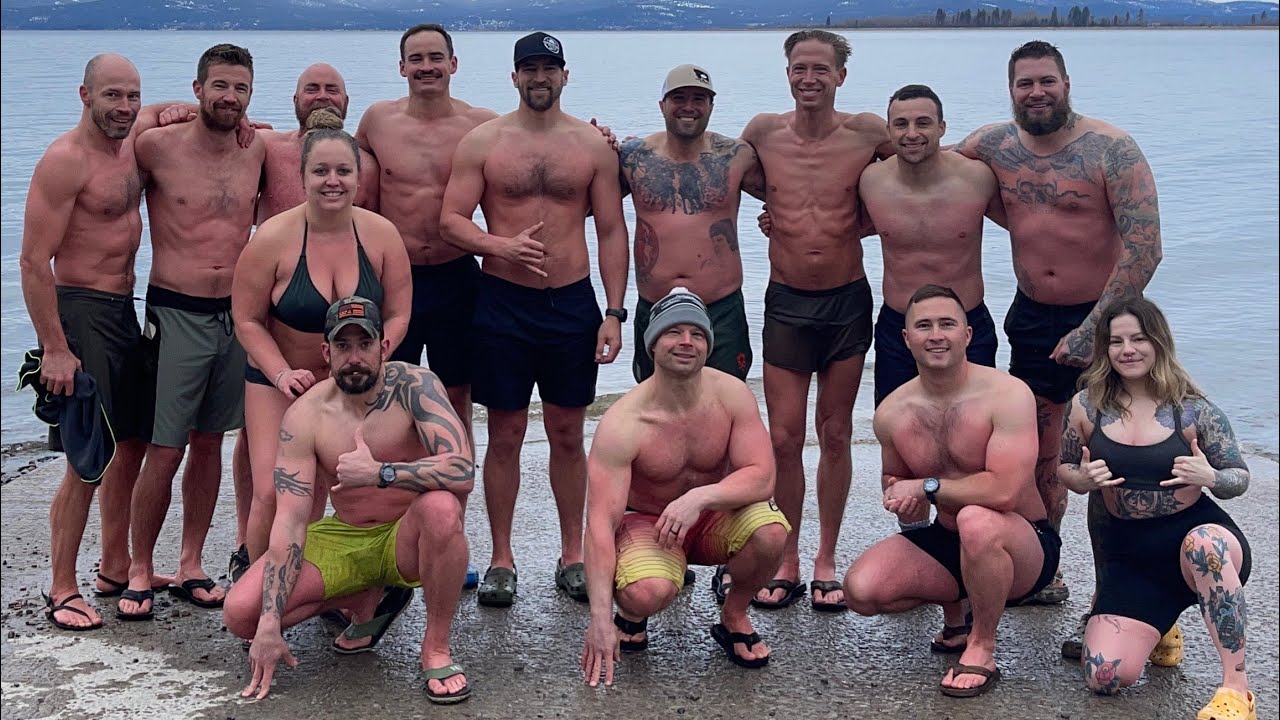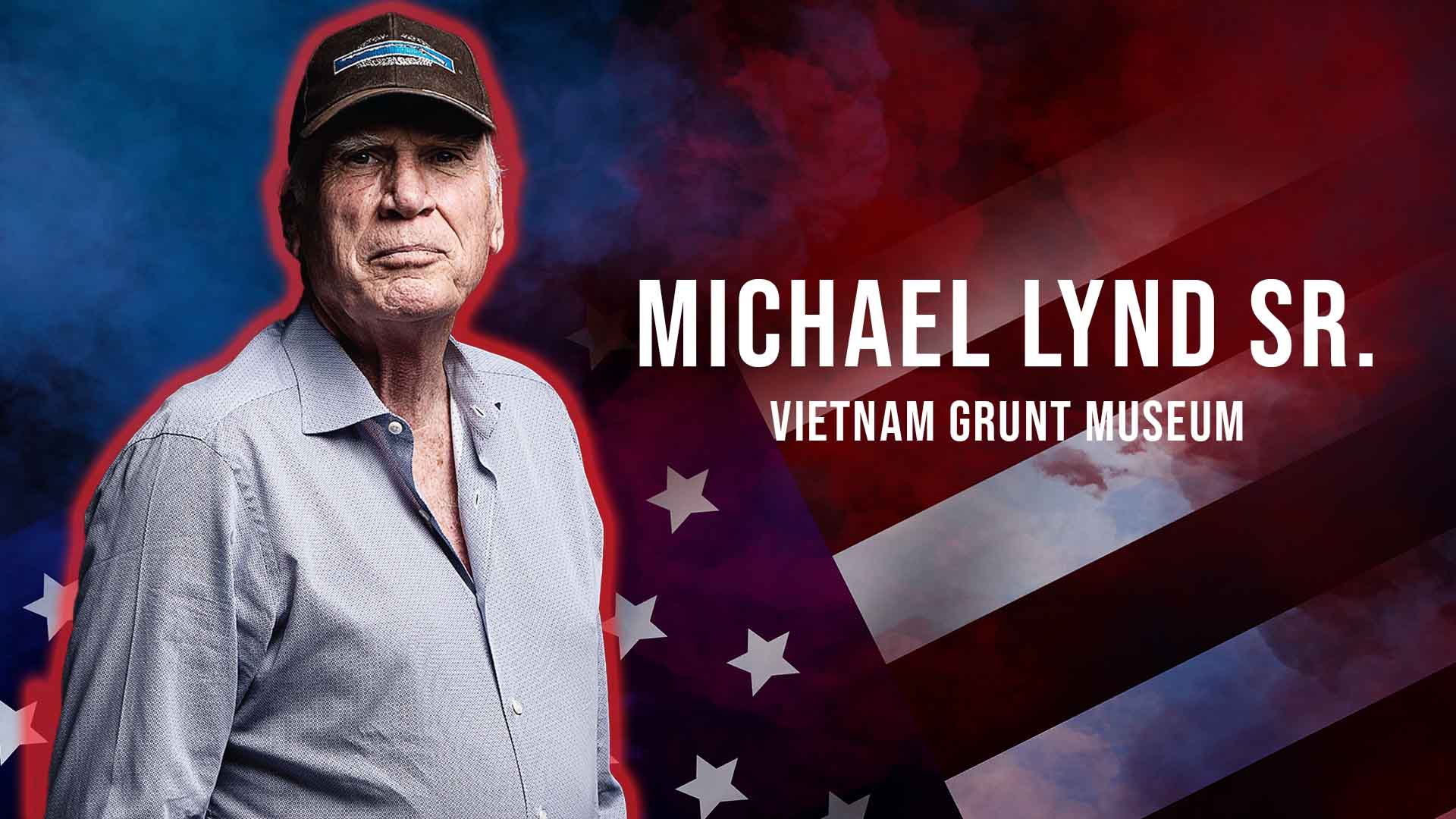[caption id="attachment_3576" align="alignleft" width="150"]

From Captain Moyars Shore III, The Fight for Khe Sanh. Washington DC: USMC Historical Branch, 1969.[/caption]Today is the 48th anniversary of the beginning of the longest battle of the Vietnam War, the Battle of Khe Sanh. The battle is one of the most well-known battles of the war and is a battle that has been added to Marine Corps lore for the performance of the 6,000 Marines tasked with holding the base at all costs.Beginning on January 21, 1968, the battle was the lead in for the Tet Offensive that began nine days later when the People's Army of North Vietnam and the Viet Cong launched attacks on military and civilian targets throughout South Vietnam.While the battle was a military victory for the United States, public perception was that the battle was in fact a loss. Despite months of fighting over the area, the U.S. withdrew from Khe Sanh in July handing the base over to the enemy.The political decision to withdraw and hand the enemy hard won terrain was not the decision of the Marines, Airmen, and Soldiers who fought to defend the base. The work of the men at Khe Sanh was heroic.Here are 5 facts about the Battle of Khe Sanh that you might not have known.
5 Facts about the Battle of Khe Sanh
#5 - President Lyndon Johnson ordered that the base at Khe Sanh be held at all costs
General Westmoreland, commander of all forces in Vietnam, wanted the base to be held at all costs. General Maxwell Taylor, the commander of the 101st Airborne Division during WWII and former Chairman of the Joint Chiefs, wanted the position to be abandoned due to it's isolated position. In the end, President Johnson sided with Westmoreland and ordered the base to be held at all costs. The United States did not want to give the North Vietnamese another Dien Bien Phu victory that resulted in the defeat of French forces in Vietnam.
#4 - 6,000 Marines held the base while under a 77 day long siege against over 20,000 North Vietnamese and Viet Cong forces
Despite the overwhelming odds against them, the Marines were able to hold off a vastly superior force while under constant enemy fire. While the battle is called a siege, the Marines were never cut off from communication or supplies due in great part to the bravery of the pilots and Airmen of the 834th and 315th Air Divisions who flew continuous supply missions under heavy fire.
Despite the odds, the U.S. suffered 274 killed at Khe Sanh and just over 2,500 wounded compared to NVA and Viet Cong losses estimated in the thousands.
https://www.youtube.com/watch?v=zJ7dPnQIo0o

#3 - General Westmoreland Wanted to Nuke the Place
From the Wikipedia page:
"In late January, General Westmoreland had warned that if the situation near the DMZ and at Khe Sanh worsened drastically, nuclear or chemical weapons might have to be used," said a separate 106-page declassified, "top secret" report titled, "The Air Force in Southeast Asia: Toward a Bombing Halt, 1968," written by the Office of Air Force History in 1970."This prompted Air Force chief of staff, General John McConnell, to press, although unsuccessfully, for JCS (Joint Chiefs of Staff) authority to request Pacific Command to prepare a plan for using low-yield nuclear weapons to prevent a catastrophic loss of the U.S. Marine base," it said.
As it turns out, the terrain in the area would have negated the effects of a tactical nuclear strike so the plan was tabled.
#2 - Marines Fought in Hand to Hand Combat with Bayonets
After the loss of the Ghost Patrol on February 25, of which there were only 2 survivors, a patrol was sent out on February 30 to attempt to recover the bodies of the lost and to inflict damage on the Vietnamese battalion in the area. Men on the patrol called it the payback patrol.
As the 186 man patrol from Bravo Company, 1st Battalion, 26th Marine Regiment approached the NVA trenches and bunkers, Bravo's commander, Captain Ken Pipes, got on the radio and said:
"Be advised, fix bayonets."
Cpl Steve Wiese, one of the two survivors of the Ghost Patrol thought to himself when he heard the order,
“I was like, ‘Oh crap, we’re talking hand-to-hand combat."
The Marines on the patrol were outnumbered by 10 to 1 but they took on the superior force despite the odds. The bayonet charge in to the NVA trenches resulted in 115 NVA killed and a complete routing of the far superior force who fled down the hillside away from the charging Marines.
#1 - The Entire Area was Bombarded by Ordinance
The area around Khe Sanh was hotly contested during the battle. To support 6,000 Marines holding the base, air power and artillery were on constant alert to provide assets. From the U.S. side, over 100,000 pounds of bombs were dropped on the hills surrounding the base and over 158,000 artillery shells were fired in direct support of the base.
The U.S. was not the only one dishing out firepower at Khe Sanh. The NVA fired over 40,000 rounds of rockets, artillery, and mortars at the Marines in and around Khe Sanh during the battle making the Khe Sanh area one of the most bombed and shelled areas of the Vietnam War.
[mwi-cat-listing cat="94" ppp="4" cols="4" desc="false" type="view" btn_color="black" ]



%201.svg)









